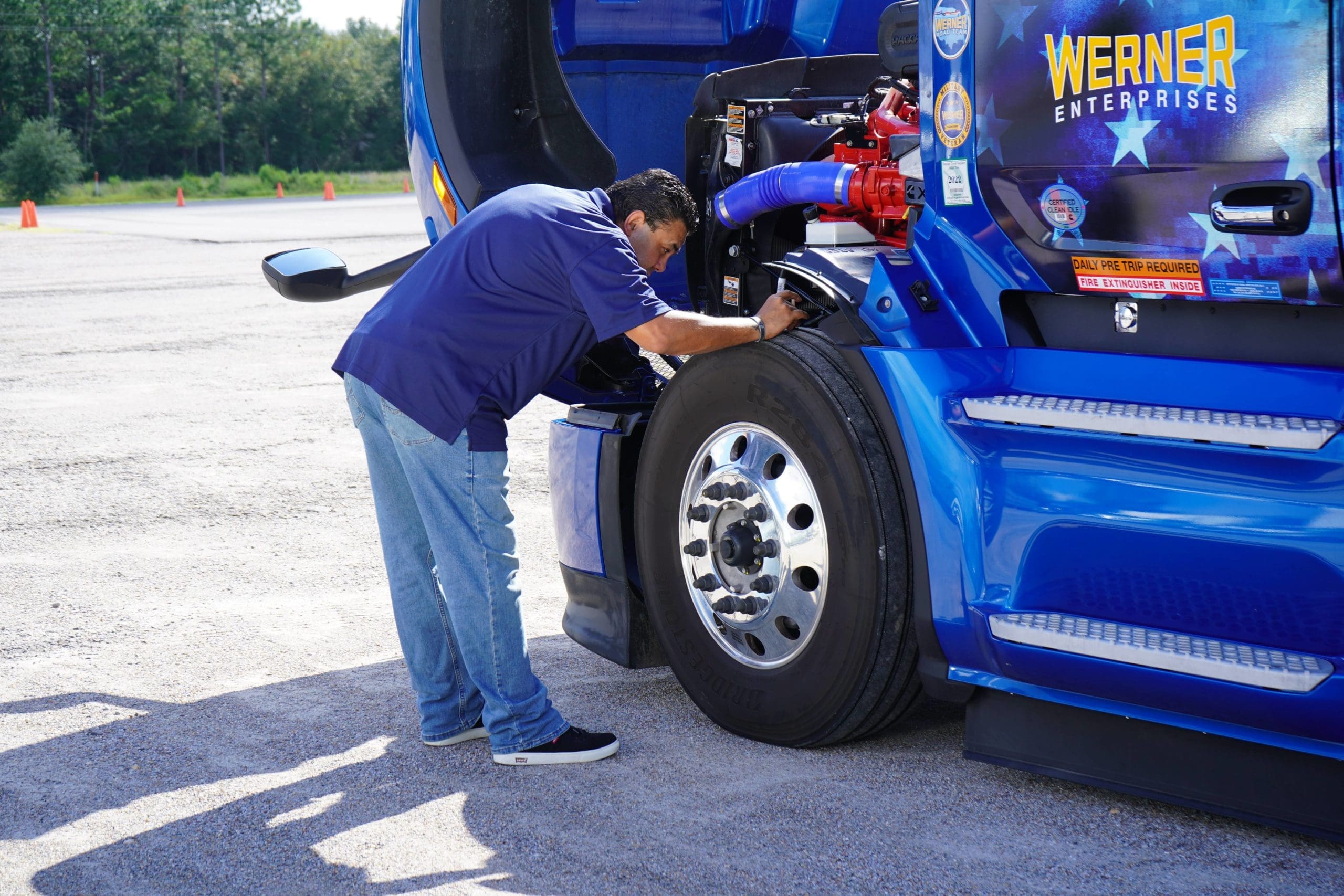How DOT Driving Regulations Affect Truck Drivers
As the supply chain crisis continues to make it difficult for families to get their hands on everyday goods, a lot of media attention is turning to DOT driving regulations that govern truck drivers. Across the contiguous United States and beyond, a slow-down in the complex logistical systems responsible for conveying goods around the world has led to challenges in obtaining items that even just a few months ago were constantly in stock.
 A lot of consumers, press organizations, and government officials are starting to question the rules that the US Department of Transportation has in place to regulate trucks, as well as container ship captains and other freight workers. Whereas previously, workers in the industry were happy not to contemplate the arcane systems and rules relating to the flow of global supplies, recent slowdowns have forced people to learn about the Department of Transportation (DOT), and specifically how DOT Driving Regulations affect truck drivers.
A lot of consumers, press organizations, and government officials are starting to question the rules that the US Department of Transportation has in place to regulate trucks, as well as container ship captains and other freight workers. Whereas previously, workers in the industry were happy not to contemplate the arcane systems and rules relating to the flow of global supplies, recent slowdowns have forced people to learn about the Department of Transportation (DOT), and specifically how DOT Driving Regulations affect truck drivers.
DOT Driving Regulations: What They Are and How They Affect Truckers
While the vast majority of citizens only have a handful of straightforward interactions with the Department of Transportation, for those involved in the long-distance truck driving industry understanding the paperwork and rules is a significant part of their business. From weigh stations, rig maintenance taxes, and carbon emissions, there are a myriad rules and regulations that make up the network of compliance governing trucking.
Keep reading to get a sense of what the major DOT driving regulations are, how truck drivers are affected, and what truckers should make sure they understand before getting behind the wheel.
Who Requires a USDOT Number
The US Department of Transportation is responsible for the regulation of the USA’s estimated 3.5 million truck drivers, the vast majority of whom are registered via a USDOT number. While a lot of potential drivers are unsure whether they’re required to register for a USDOT number and the rules are fairly complex, typically the employer will take responsibility for this requirement, and if you’re an owner-operator that responsibility falls on you.
If you will be driving trucks across state lines, you can be confident that you’ll require a USDOT number. Drivers who are making shorter runs within their state may still be required to register for a USDOT number, especially if they’re driving hazardous materials. Some states are more lenient on who requires a USDOT number, so if you aren’t sure where you fall within the requirements, it is well worth checking with your state’s transportation agencies.
DOT Regulations: Time Behind the Wheel
According to the majority of truckers, the most onerous regulation when it comes to long-haul trucking relates to the length of time a trucker can spend driving, which is one of the DOT driving regulations which comes up frequently on blogs, radio programs, and newspapers. A tired driver is a dangerous driver, and for that reason, the government has strict rules about how long you can drive before you’re obliged to pull over and take a break.
Although the rules sound straightforward, when you’re passing through timezones it can be complicated, so most trucking companies will either monitor this remotely and communicate with you, or have a strict internal policy that they’ll take you through during training. The rules are fairly complex and can change with new legislation, but typically drivers are required to take a 30-minute break after eight consecutive hours of driving. There are also restrictions on the maximum number of hours in a given day they can drive for, before a more substantial break. Bear in mind that a driver’s non-driving break can be spent on duty but not driving, asleep, or doing paperwork. The important thing is that they aren’t driving.
DOT Regulations: Weighing and Maintenance
While this is another state-by-state policy, typically most regions of the United States will require truckers to weigh their rigs at every weigh station they pass. In this case, a truck or commercial vehicle which weighs in excess of 10,000 lb is subject to this rule. A lot of non-drivers are curious about what really goes on at a weigh station. Aside from weighing the gross weight of the truck and trailer, the stations are also an opportunity for the US Department of Transportation to undertake a visual check of the rig. There are six levels of a check, from a cursory visual inspection through to a more comprehensive and technically sophisticated level six inspection. The decision as to which level of inspection is required will depend on the weigh station personnel at the time of the inspection.
As experienced truck drivers will tell you, stopping at a weigh station is nothing to worry about, and won’t cause significant delays. A lot of the staff who work at weigh stations are themselves former truckers and understand the realities of life on the road, and the importance of getting back on the route as quickly as possible, so they work quickly. As long as your paperwork is in order, your truck is in a good condition and you’re abiding by the fuel regulations, you can expect your weighing stop to be quick and painless.
Considering a Career in Trucking? Get in Touch Today!
A lot of potential truckers are drawn to the stability, good pay, and prestige of a job driving trucks on the highways, but potentially daunted by the paperwork and regulatory requirements. Trucks and trailers are large and powerful machines, often traveling at vast speeds and frequently containing large cargos of potentially toxic or hazardous materials. Understandably the authorities have created some rules to ensure that this vital and enormous industry is conducted with the maximum safety for everyone concerned.
Truck Driver Institute is proud of its status as the largest trucking school East of the Rockies, with multiple campuses and programs to suit every trucking student. When it comes to job placement and value for money, safety, and student experience, the Truck Driver Institute is a great place to learn the fundamentals of truck driving and working as a trucker. From the pre-screening survey to ensure that you’re right for us down to your first job driving a rig, you can be confident that Truck Driver Institute is there for you on your trucking journey. To learn more about our various programs and to find a campus near you, get in touch with us today.
Get Started
Get your Class A CDL in our friendly, supportive CDL training program. TRAIN with experienced instructors – multiple good-paying, secure job choices with benefits available for eligible graduates. EARN $700 – $1000+ / week to start as a truck driver. Get started today by filling out the form below. We look forward to hearing from you!



